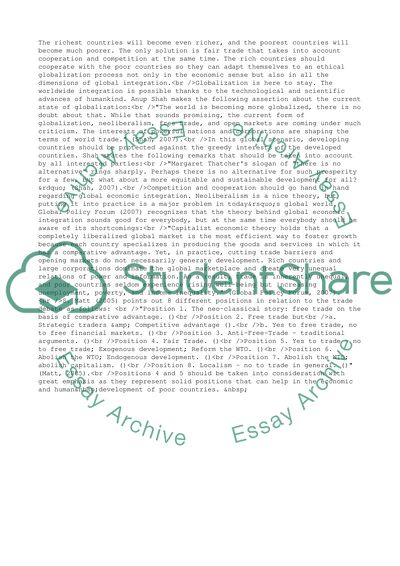Cite this document
(The Nature of International Competitiveness Essay, n.d.)
The Nature of International Competitiveness Essay. https://studentshare.org/business/1513483-international-competitiveness
The Nature of International Competitiveness Essay. https://studentshare.org/business/1513483-international-competitiveness
(The Nature of International Competitiveness Essay)
The Nature of International Competitiveness Essay. https://studentshare.org/business/1513483-international-competitiveness.
The Nature of International Competitiveness Essay. https://studentshare.org/business/1513483-international-competitiveness.
“The Nature of International Competitiveness Essay”. https://studentshare.org/business/1513483-international-competitiveness.


